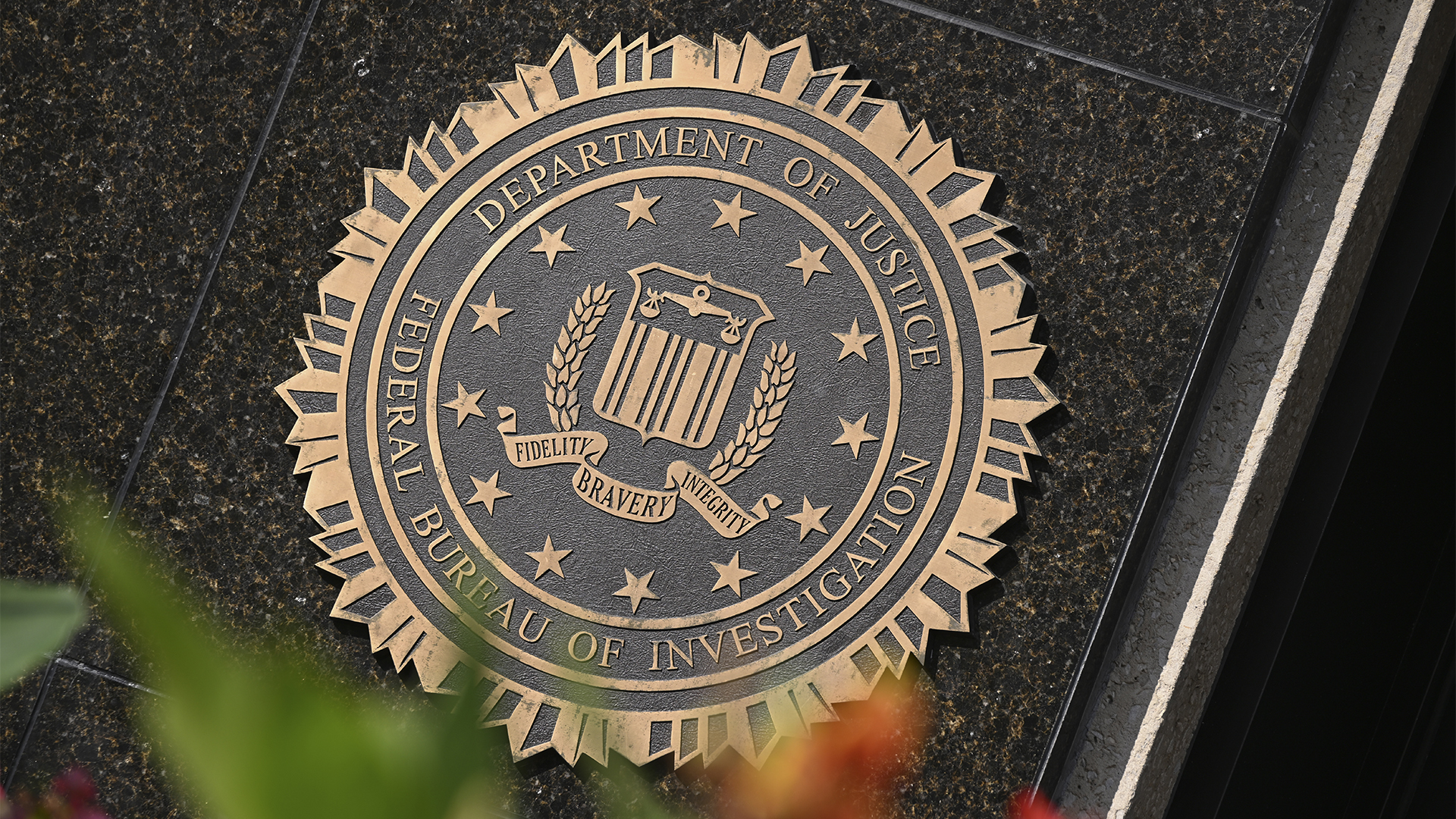A Windows 11 update bug is breaking SSDs – here’s what you can do to prevent it
Users first began reporting the Windows 11 update bug last week

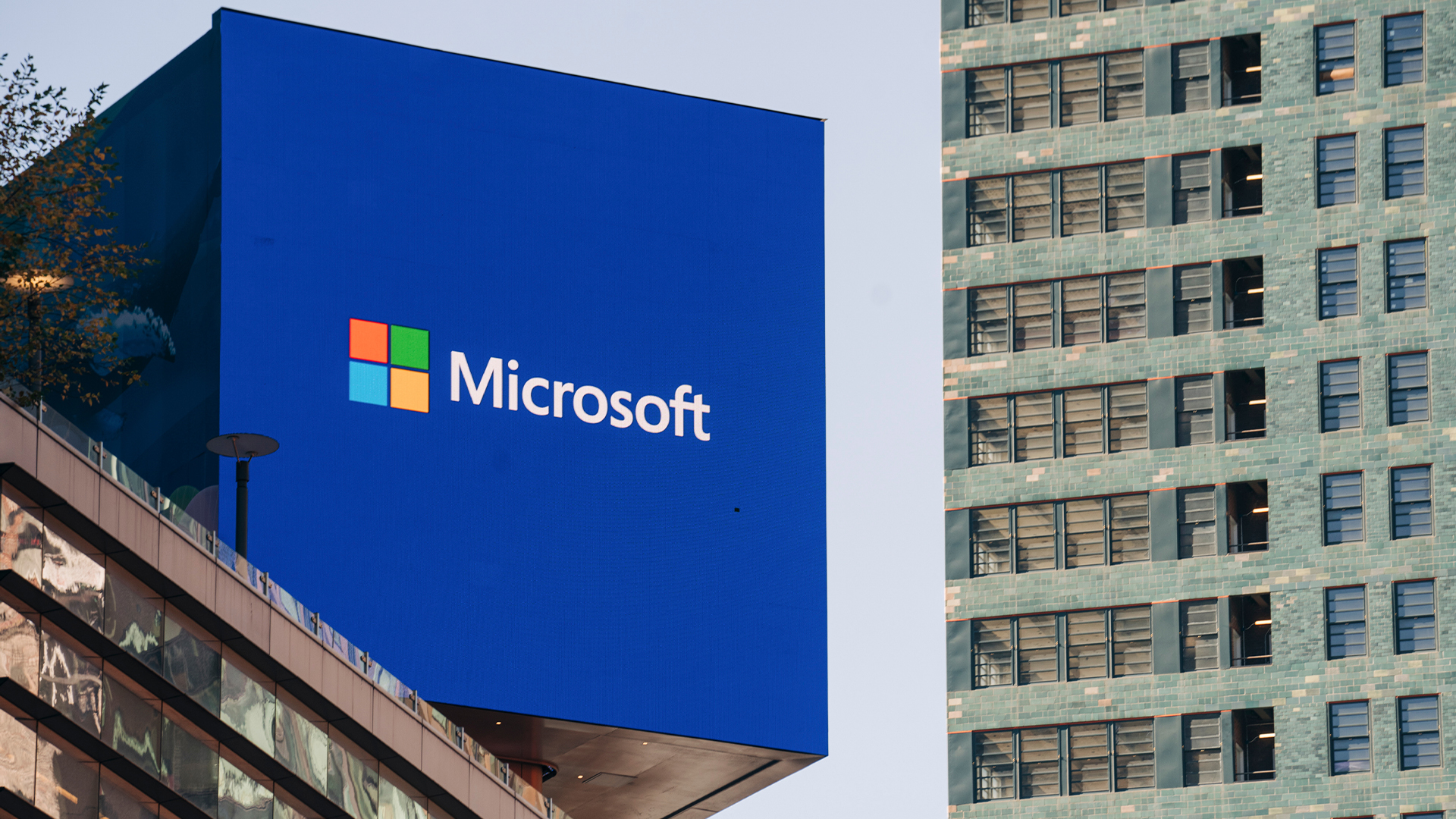
Last week's August update from Microsoft has reportedly caused issues with SSD storage devices for Windows 11 users.
The concerns center on update KB5063878, issued last week for Windows 11 by Microsoft as part of its monthly Patch Tuesday security updates. According to various reports, running the update makes some SSDs disappear from systems, potentially corrupting files.
Microsoft is yet to acknowledge or confirm the flaw in the update, and the reports remain sporadic, suggesting the fault only happens in specific situations.
ITPro contacted Microsoft for comment, but is yet to hear back.
Reports of problems first emerged with a post from a Japanese user on X that suggested the issue seems to occur on SSDs that are 60% full after they write 50GB of data.
The post added that Phison NAND controllers are particularly prone, but the problem appears to exist across SSD makers. ITPro has contacted Phison for clarification on the matter.
Meanwhile, a thread on social media site Reddit has multiple user reports of similar issues, starting in Japan. The reports suggest the fault occurs after writing large amounts of data, with Windows 11 subsequently failing to see the impacted drives.
Sign up today and you will receive a free copy of our Future Focus 2025 report - the leading guidance on AI, cybersecurity and other IT challenges as per 700+ senior executives
Reports suggest some HHDs may also be affected by the flaw.
While the cause of the fault remains unconfirmed, and may not be caused directly by a flaw in Microsoft's code, any user concerned about the issue can hold off on installing the update.
It's not the first time Microsoft has faced a flaw in a cumulative batch of updates, with a patch last year causing the dreaded Blue Screen of Death crashes for users.
Elsewhere in the Windows 11 update
Issued last week, the Windows 11 patch for 24H2 and 23H2 systems was rolled out with security updates — the collection addressed 119 vulnerabilities across all Microsoft software — as well as a few smaller usability tweaks.
One new feature is quick machine recovery, which is designed to help recover devices suffering critical boot errors. Beyond the potential SSD problems, the update has seen other issues.
Microsoft said in a support document that some users have seen an error code alongside failure to install the update, in particular when it's deployed via Windows Server Update Services, so it's likely to impact business and enterprise users rather than home users.
That issue has now been resolved, Microsoft said, advising anyone with a failed install to refresh and resync with the update services and try again.
Microsoft also admitted users may see an additional error update related to "Microsoft Pluton Cryptographic Provider" not loading because initialization failed.
However, the company said that it relates to a feature still in development and will not cause any problems with Windows now, so no action is required.
Beyond that update, Microsoft has issued an alert to any users on Windows 10 advising them to upgrade to Windows 11 ahead of the end of support looming in mid-October.
Anyone unable — or unwilling — to shift to the newer OS can sign up for Microsoft's Extended Security Updates program to at least continue receiving monthly security updates.
Microsoft also warned about Windows Secure Boot certificate expiration in June 2026, calling for individuals and businesses to update devices ahead of time to avoid failing to boot securely.
Make sure to follow ITPro on Google News to keep tabs on all our latest news, analysis, and reviews.
MORE FROM ITPRO
- The Windows 11 migration conundrum: What role can the channel play?
- Windows 11 finally overtakes Windows 10 in popularity
- Microsoft is pulling out all the stops to drive users to Windows 11
Freelance journalist Nicole Kobie first started writing for ITPro in 2007, with bylines in New Scientist, Wired, PC Pro and many more.
Nicole the author of a book about the history of technology, The Long History of the Future.
-
 ‘1 engineer, 1 month, 1 million lines of code’: Microsoft wants to replace C and C++ code with Rust by 2030 – but a senior engineer insists the company has no plans on using AI to rewrite Windows source code
‘1 engineer, 1 month, 1 million lines of code’: Microsoft wants to replace C and C++ code with Rust by 2030 – but a senior engineer insists the company has no plans on using AI to rewrite Windows source codeNews Windows won’t be rewritten in Rust using AI, according to a senior Microsoft engineer, but the company still has bold plans for embracing the popular programming language
-
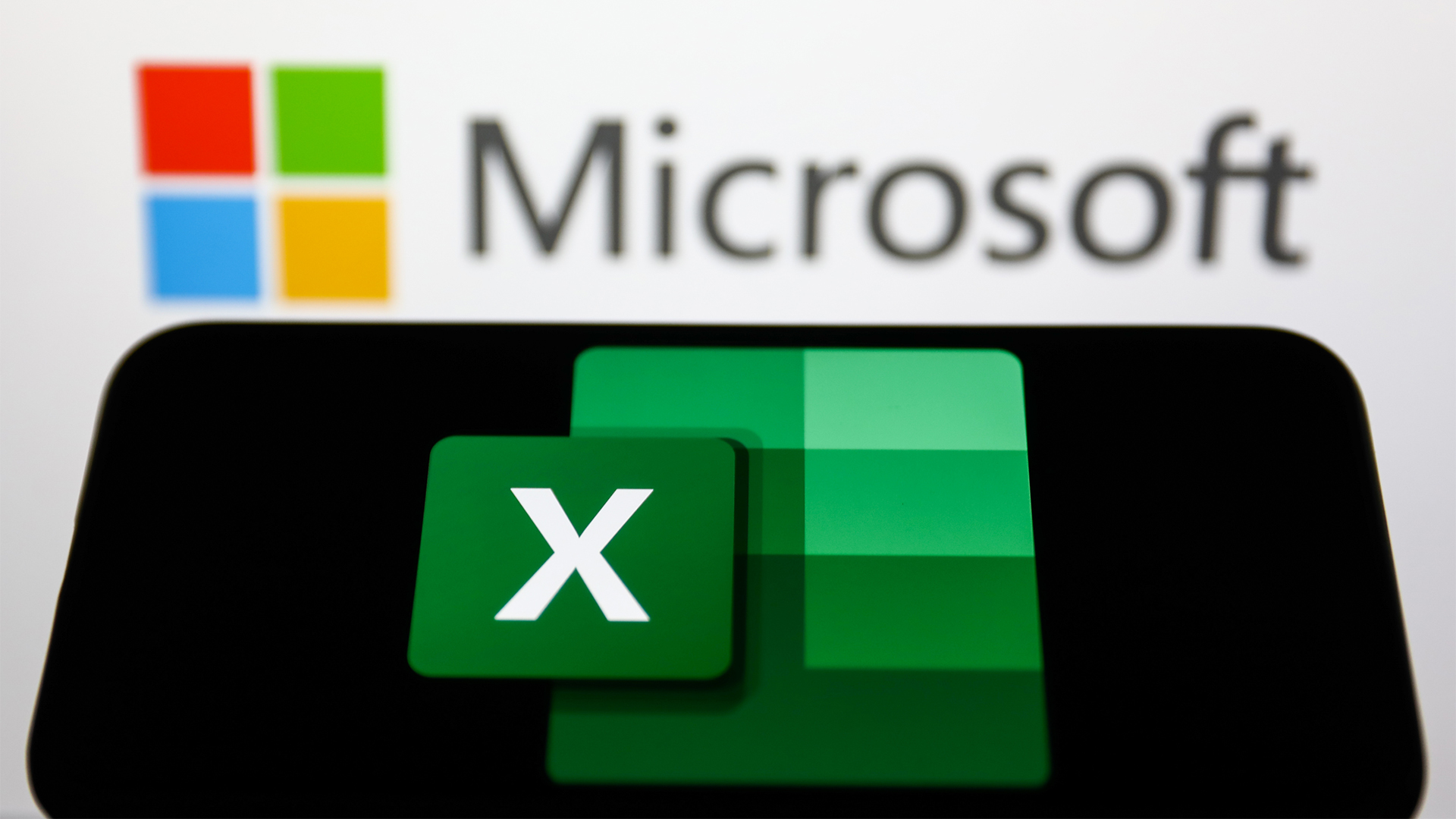 Microsoft Excel is still alive and kicking at 40 – and it's surging in popularity as 82% of finance professionals report ‘emotional attachment’ to the spreadsheet software
Microsoft Excel is still alive and kicking at 40 – and it's surging in popularity as 82% of finance professionals report ‘emotional attachment’ to the spreadsheet softwareNews A recent survey found Gen Z and Millennial finance professionals have a strong “emotional attachment” to Microsoft Excel
-
 Microsoft’s Windows chief wants to turn the operating system into an ‘agentic OS' – users just want reliability and better performance
Microsoft’s Windows chief wants to turn the operating system into an ‘agentic OS' – users just want reliability and better performanceNews While Microsoft touts an AI-powered future for Windows, users want the tech giant to get back to basics
-
 Windows 10 end of life has passed – here's your business guide to Windows 11
Windows 10 end of life has passed – here's your business guide to Windows 11In-depth As Windows 10's mainstream support ends, it's time for businesses who have yet to upgrade to take a second look at Windows 11
-
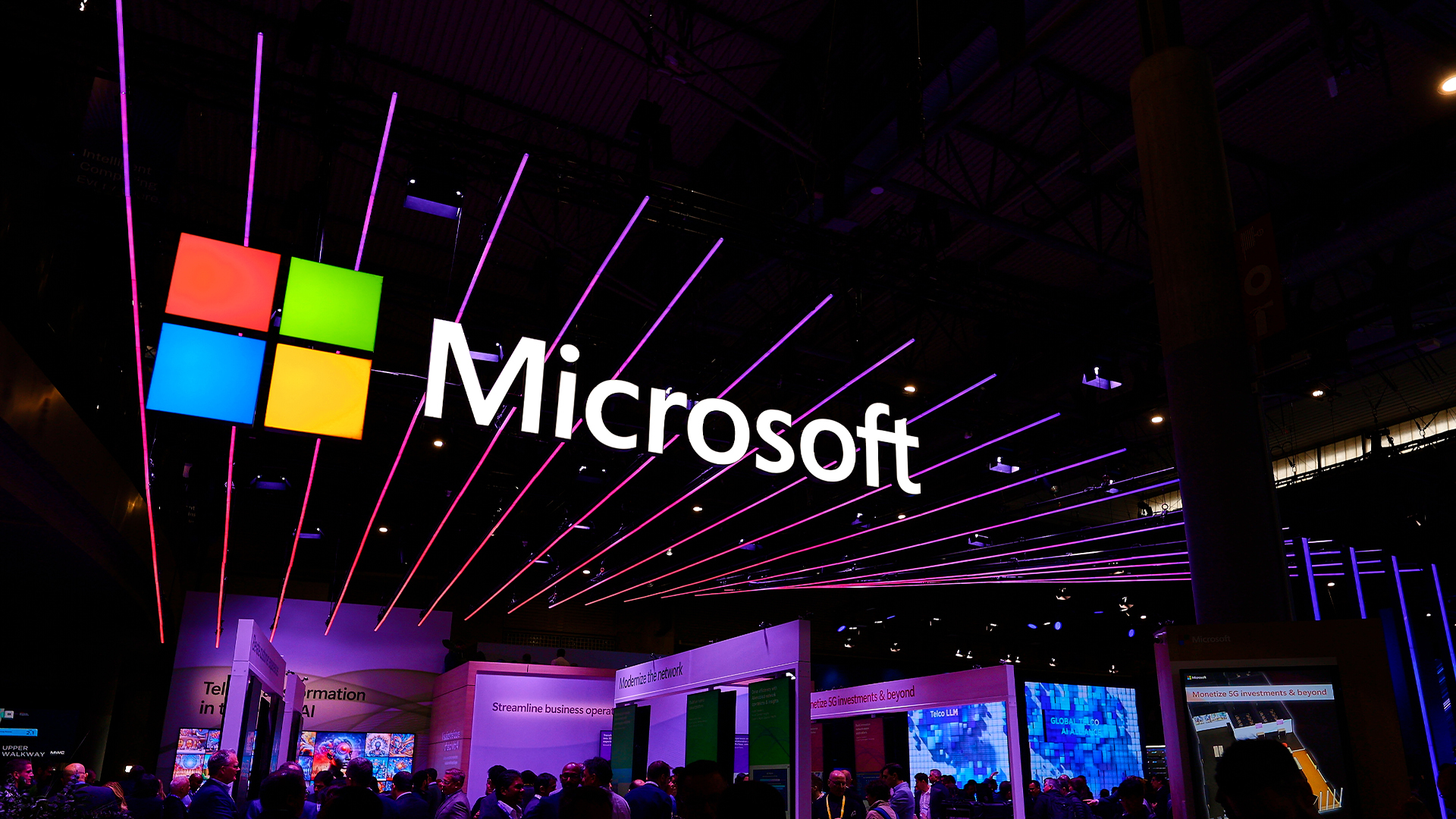 Microsoft 365 price hikes have landed the tech giant in hot water
Microsoft 365 price hikes have landed the tech giant in hot waterNews Australian regulators have filed a lawsuit against Microsoft for allegedly misleading users over Microsoft 365 pricing changes.
-
 Microsoft issues fix for Windows 11 update that bricked mouse and keyboard controls in recovery environment – here's what you need to know
Microsoft issues fix for Windows 11 update that bricked mouse and keyboard controls in recovery environment – here's what you need to knowNews Yet another Windows 11 update has caused chaos for users
-
 Windows 10 end of life could create a major e-waste problem
Windows 10 end of life could create a major e-waste problemNews The study marks the latest Windows 10 end of life e-waste warning
-
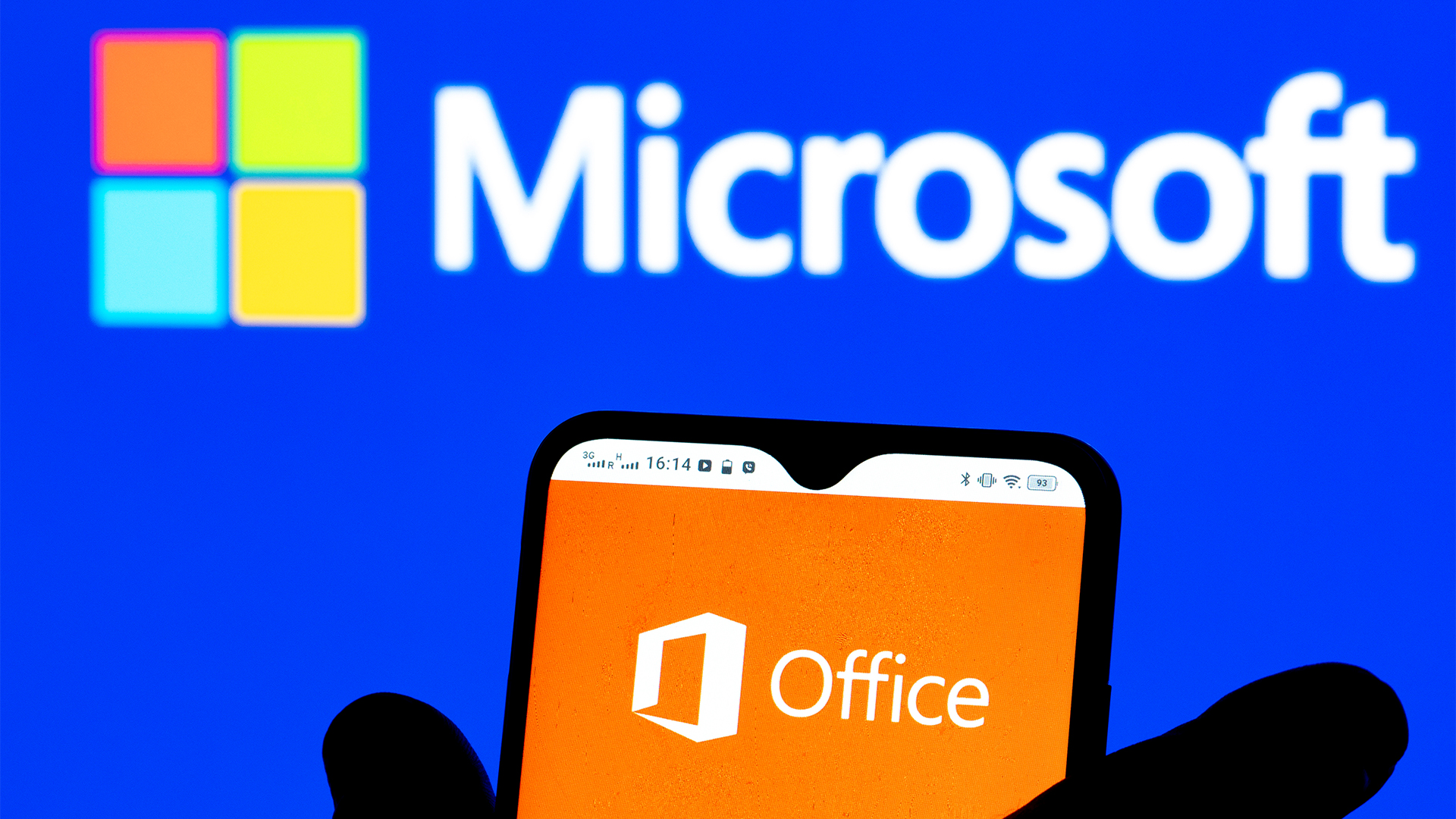 Microsoft Office 2016 and 2019 are heading for the scrapheap next month – but there could be a lifeline for those unable to upgrade
Microsoft Office 2016 and 2019 are heading for the scrapheap next month – but there could be a lifeline for those unable to upgradeNews The tech giant has urged Office 2016 and Office 2019 users to upgrade before the deadline passes

